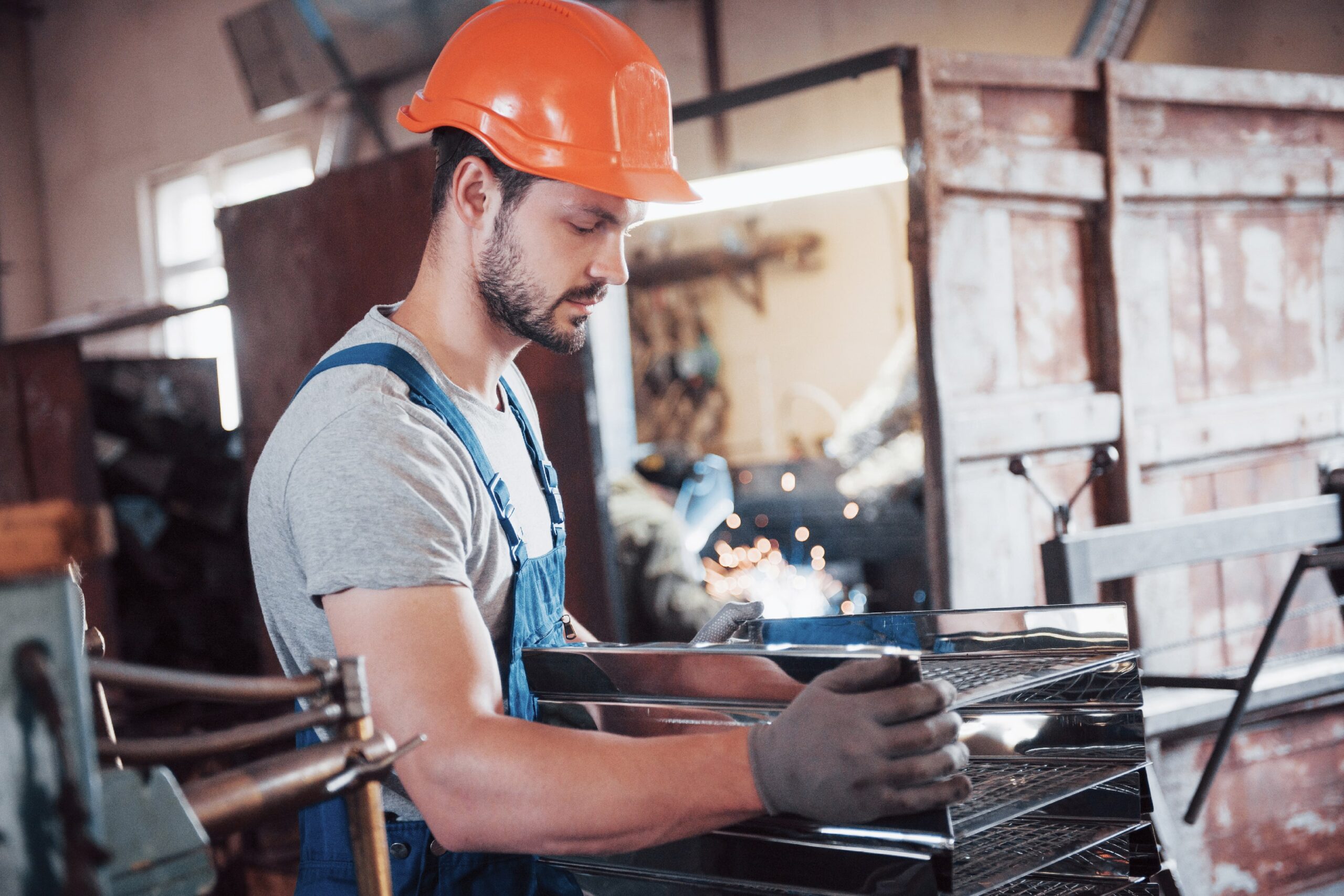
Elevators are an essential part of modern infrastructure, providing convenience and accessibility in residential, commercial, and industrial buildings. Regular maintenance is crucial to ensure the safety, efficiency, and longevity of elevators. Here are key steps to maintain elevators effectively.
1. Schedule Regular Inspections
Routine inspections help identify potential issues before they become major problems. Professional technicians should examine key components such as cables, pulleys, brakes, and control systems. Most manufacturers recommend quarterly or biannual inspections to maintain compliance with safety standards.
2. Keep the Elevator Clean
Dirt and debris can accumulate in the elevator shaft and mechanisms, leading to operational issues. Regular cleaning of the elevator car, control panels, and tracks helps prevent dirt buildup and ensures smooth operation. Make sure to use appropriate cleaning materials that won’t damage sensitive components.
3. Monitor Door Operation
Elevator doors are one of the most frequently used parts and are prone to wear and tear. Regularly check door sensors, tracks, and alignment to ensure proper functioning. Misaligned or slow doors can indicate underlying mechanical issues that need attention.
4. Lubricate Moving Parts
Friction between moving parts can lead to excessive wear and tear, shortening the lifespan of the elevator. Proper lubrication of components such as cables, pulleys, and bearings is essential for smooth operation and reduced mechanical stress.
5. Test Safety Features
Elevators are equipped with critical safety features such as emergency brakes, alarms, and backup power systems. Regular testing of these features ensures they function correctly in emergency situations, providing passengers with a safe experience.
6. Address Unusual Noises and Vibrations
Unusual sounds or vibrations can indicate loose or worn-out components. Promptly addressing these signs can prevent further damage and costly repairs. It’s advisable to seek professional assistance when unusual noises persist.
7. Stay Up to Date with Regulations
Elevator safety codes and regulations are periodically updated to incorporate new safety measures and technologies. Building owners should stay informed about local and national codes to ensure compliance and avoid potential legal issues.
8. Train Building Staff
Educating building management and staff on basic elevator operation and maintenance can help identify minor issues early. Staff should know how to respond to emergencies and when to call professional technicians.
9. Invest in Modernization
Older elevators may require upgrades to meet current safety standards and improve efficiency. Consider modernizing control systems, lighting, and energy-efficient features to enhance performance and reduce operational costs.
10. Work with Certified Professionals
Regular maintenance should be carried out by certified elevator technicians who have the expertise and tools to ensure all components are in optimal condition. Partnering with a reputable service provider guarantees quality maintenance and long-term reliability.
By following these maintenance tips, building owners and facility managers can ensure the safe, efficient, and long-lasting operation of their elevators, providing a reliable service for occupants and visitors alike.
